The Editorial Board takes a look at student centered learning at Malvern so far, what issues it has caused, and what it will take to improve the experience.
Over the past several years, Malvern has been implementing a “student centered learning” model for the classroom. This term, still unfamiliar to some, implies a classroom where the students’ own interests in the course material defines the curriculum. In student centered learning, the abilities and learning styles of students set the rate and relative direction of education.
Although the intent of the new learning style and its implementation at Malvern is geared towards the advancement of student learning, flaws exist, as do in many new programs.
What are some of the benefits of student centered Learning? Student centered learning comes with the many positives of group-based work, including the presentation of various opinions. Student centered learning allows for discussion and open dialogue. Our Editorial Board believes that a two way conversation is one of the best ways to nurture learning. Finally, we have found that student centered learning has pushed students to ask why.
Student centered learning, although beneficial in many instances, has become student directed learning, which can be detrimental to education in other situations.
The Editorial Board has defined student centered learning as when a teacher acts as a guide for a student’s growth and progress in the definition of the school work. Similarly, the Editorial Board has defined Student Directed Learning as when the student acts in place of the traditional classroom teacher.
It seems all too common: a classroom setting intended to be centered on the students instead becomes the opportunity for students to struggle for information or direction on their own, without the assistance of the teacher.
Some teachers seem to think this struggle is an essential element to student centered learning.
“As a teacher, my job is to guide the student learning. I’m not necessarily the person to provide the tools, I’m simply the person to say how can we use these tools. If the student can come up with the tool, that’s on them – I’m simply the guiding force,” said Mr. Kevin Moore, first year Malvern teacher.
However, when students are asked to teach the class, lack of preparation and lack of content knowledge by student presenters can deprive the class being taught of full education on the topic.
“[Learning] is [the students’] job. You’ve got to show up to your job and be prepared,” said Moore.
Science Department Chair Mr. Kevin Quinn said, “By asking students to teach, you are asking them to think about the content at a higher level.”
Teachers, and student teachers, are forced to be prepared to answer questions about the subject. Mr. Quinn believes that teaching a subject requires an authentic understanding from the teacher. He values this knowledge over the ability to answer what he refers to as “recall questions.”
However, a student asked to do a presentation to the class on a topic the student has never seen before is not likely to fully cover the subject. Without instruction by the teacher, it can feel impossible to find the information needed. This becomes an almost domino-like problem in which the class, learning from student directed presentations, does not get the full effect of the lesson.
According to Charlie Malone ‘15, teachers often “give group projects with the instruction of ‘teach the class about a topic’ and then solely rely on student work.”
Nick Algeo ‘15 said, “I have noticed teachers not actually teaching. We come into class unprepared because we don’t understand material that was never taught.”
It seems unjust when teachers are asking students to educate themselves and each other at any price, especially with 2014-2015 tuition just $50 short of a whopping $30,000.
The cause for the issues in student centered learning is most likely the time of transition Malvern is currently in. With new strategies being implemented and new ideas added, it is likely that both teachers and students are still learning what to do.
“I think the teachers are trying to get it right just as much as the students are,” said Parker Abate ‘15.
The Editorial Board calls for a higher standard of student centered learning. We ask that teachers more faithfully follow the principles and ideas structured behind the new learning format. It is important that those we entrust with our education have some form of defined standard of what student centered learning is, and they are held to that. On top of this we ask that Department Chairs be responsible for holding teachers accountable for their teaching styles and making sure that student centered learning is carried out in the best interest of the students.
Although we are aware that teachers are currently coached and evaluated, Department Chairs should be responsible on a regular basis for holding teachers accountable for upholding the standards of student centered learning.
We must not allow for time to be an excuse. Recognition that too much time allotted before finalization of a specific form of education is negative. If Malvern waits too long without making sure teachers adhere to student centered learning, families will be asked to pay full price for a product that is not fully developed.


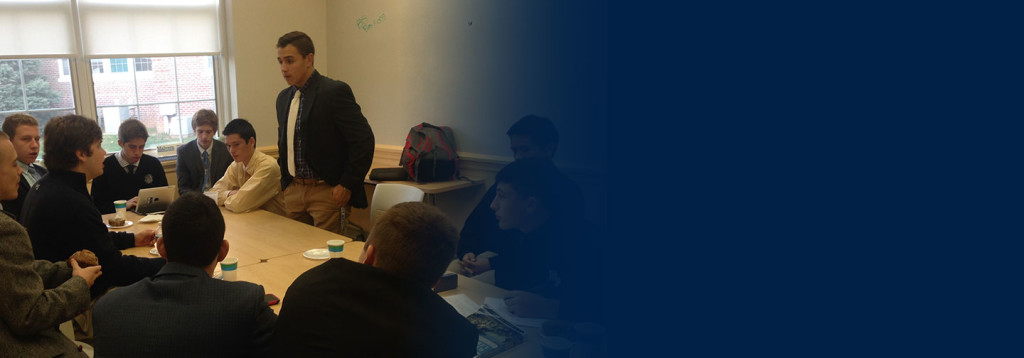
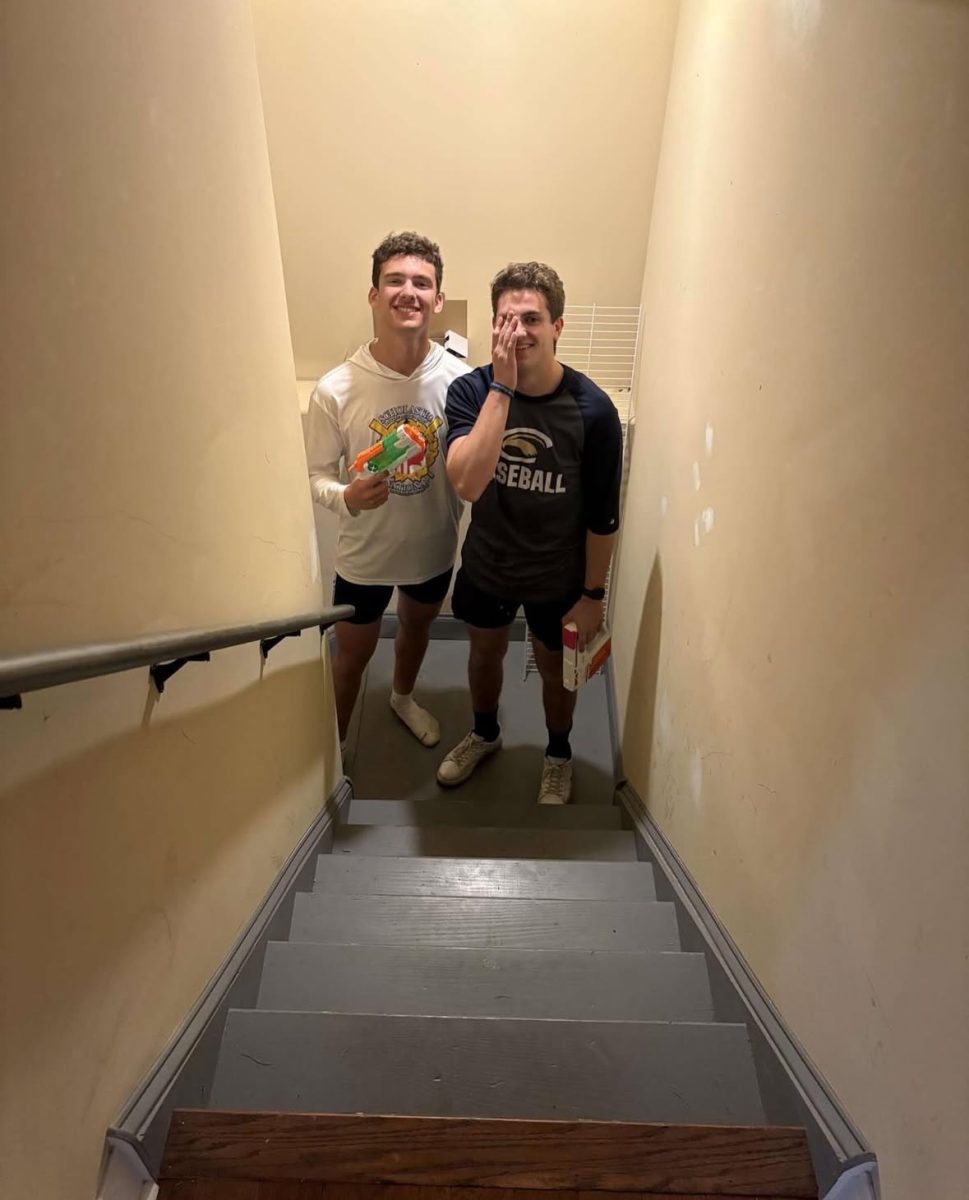
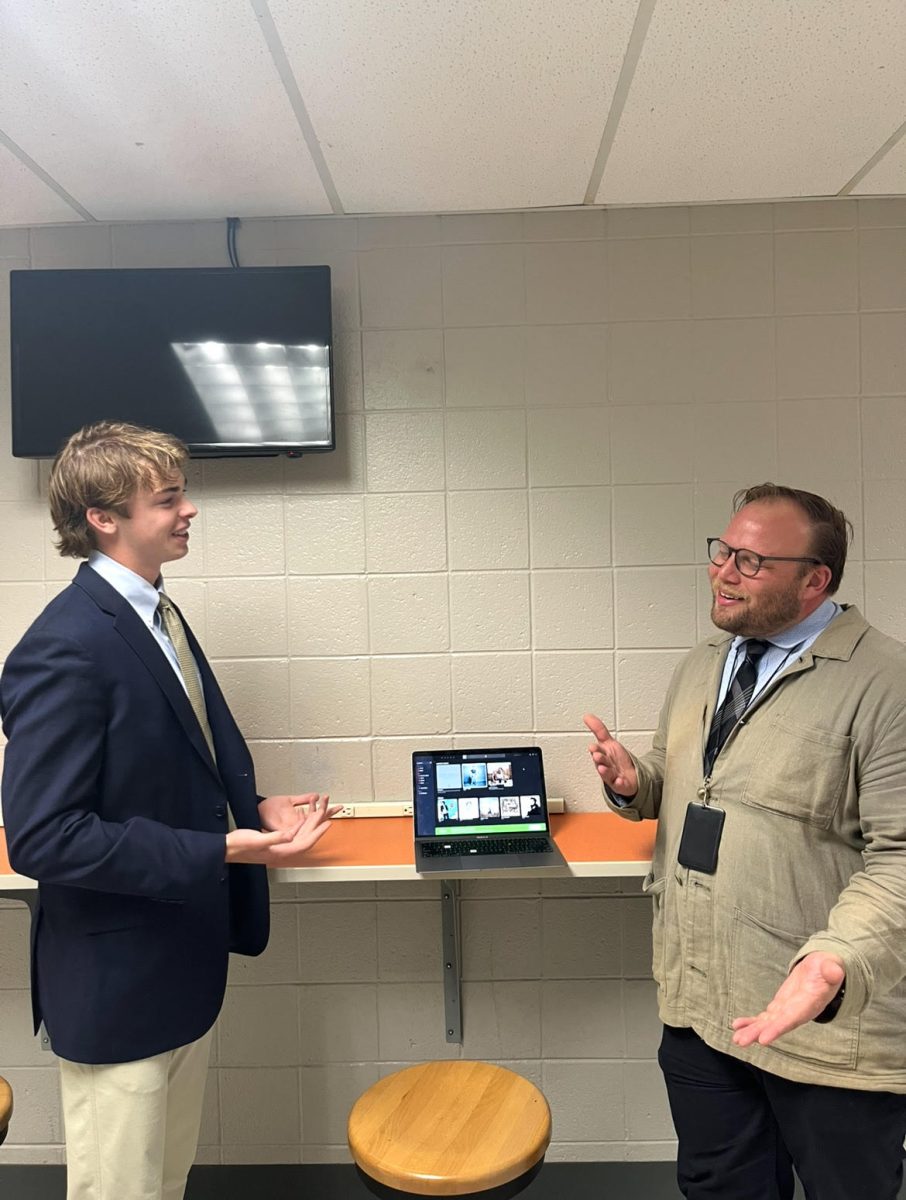
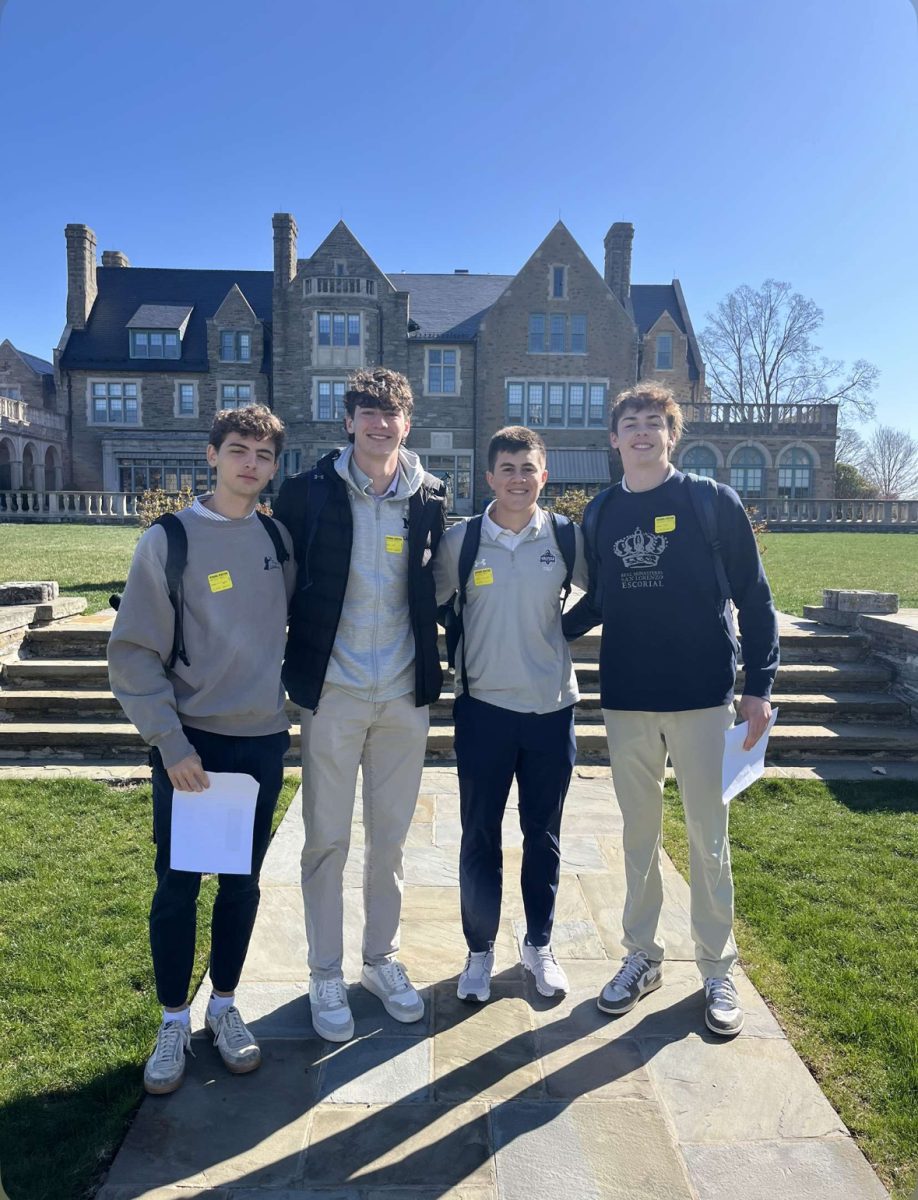

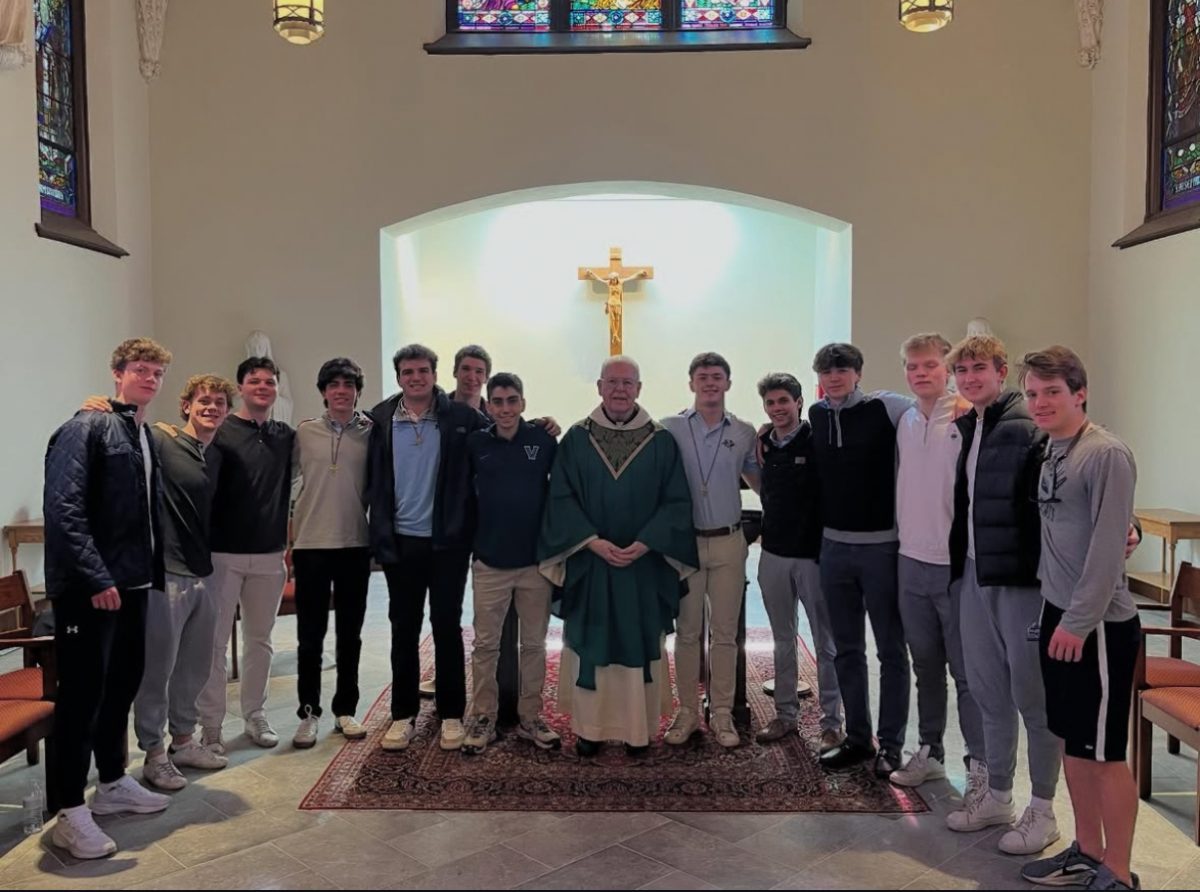
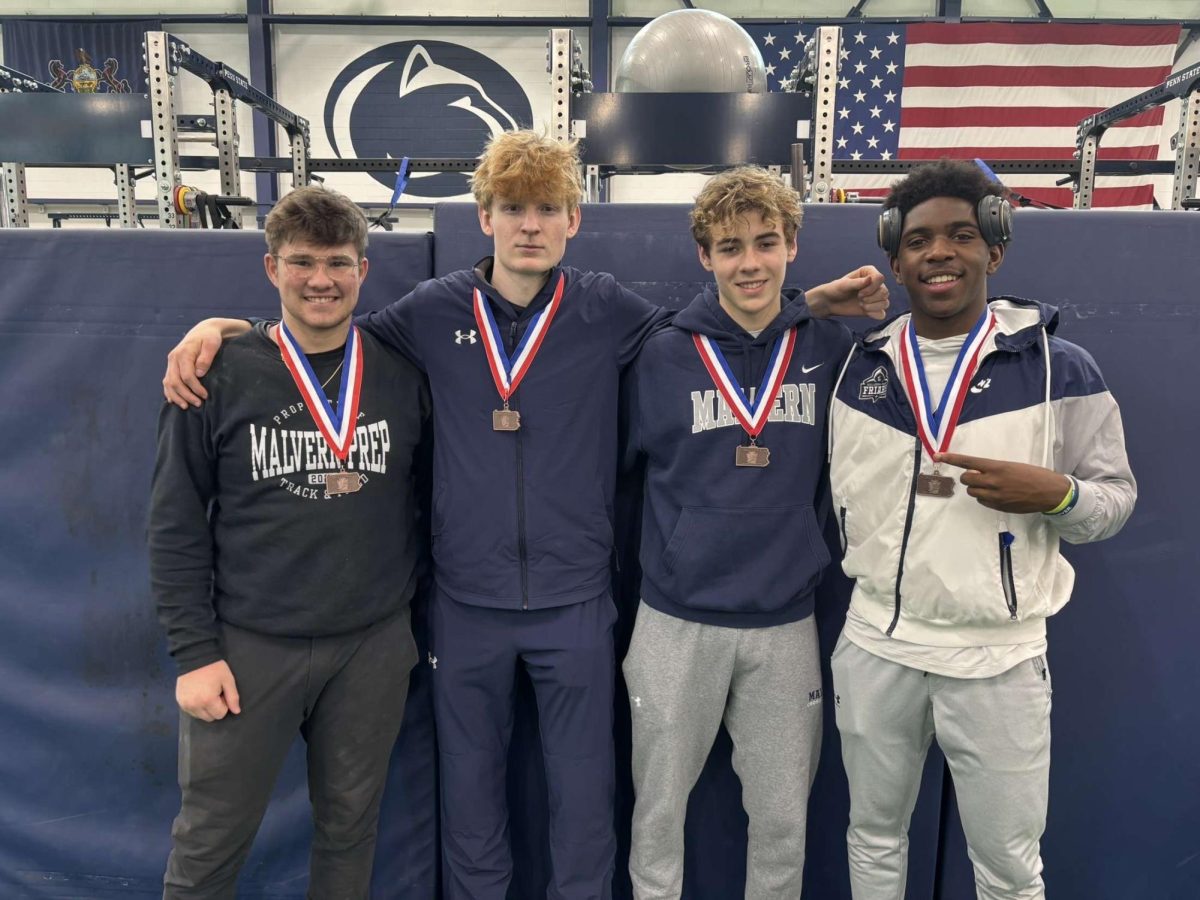

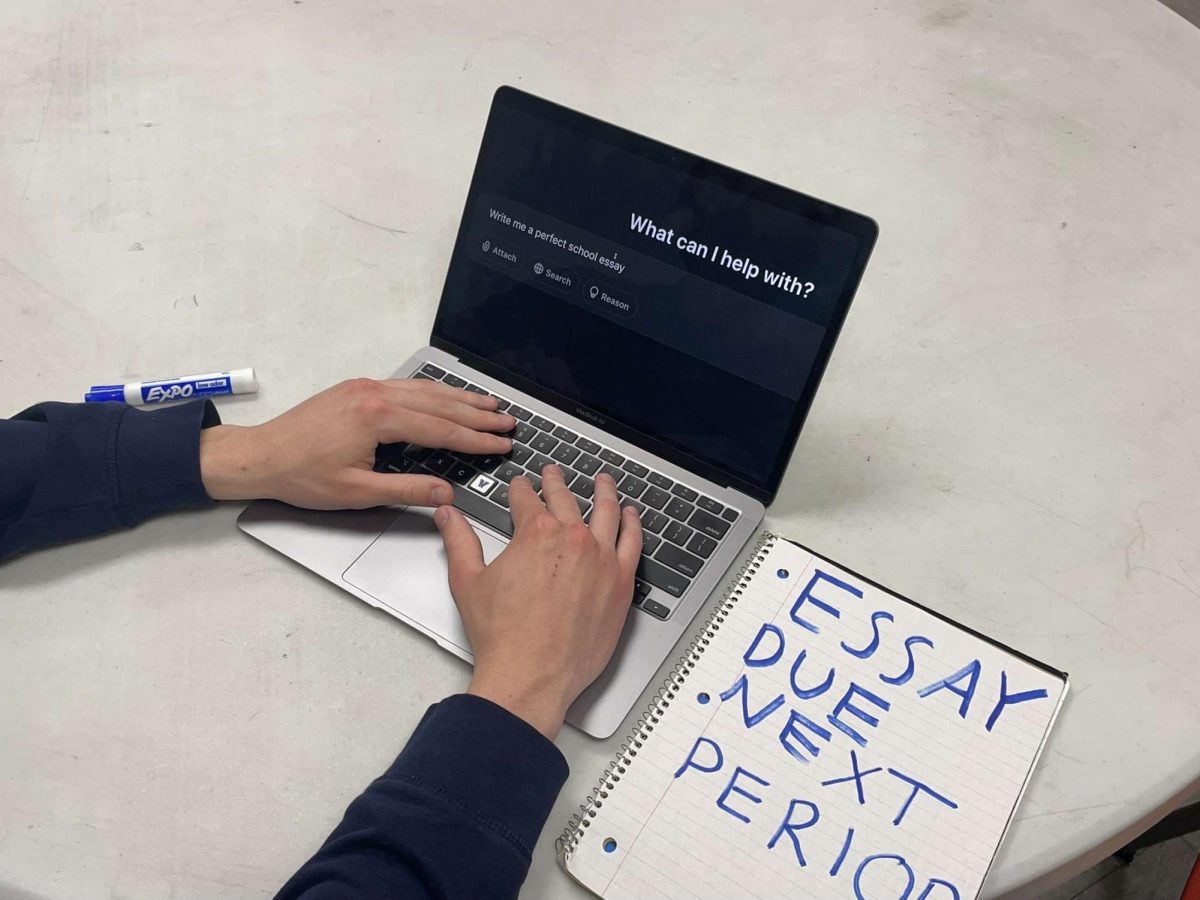

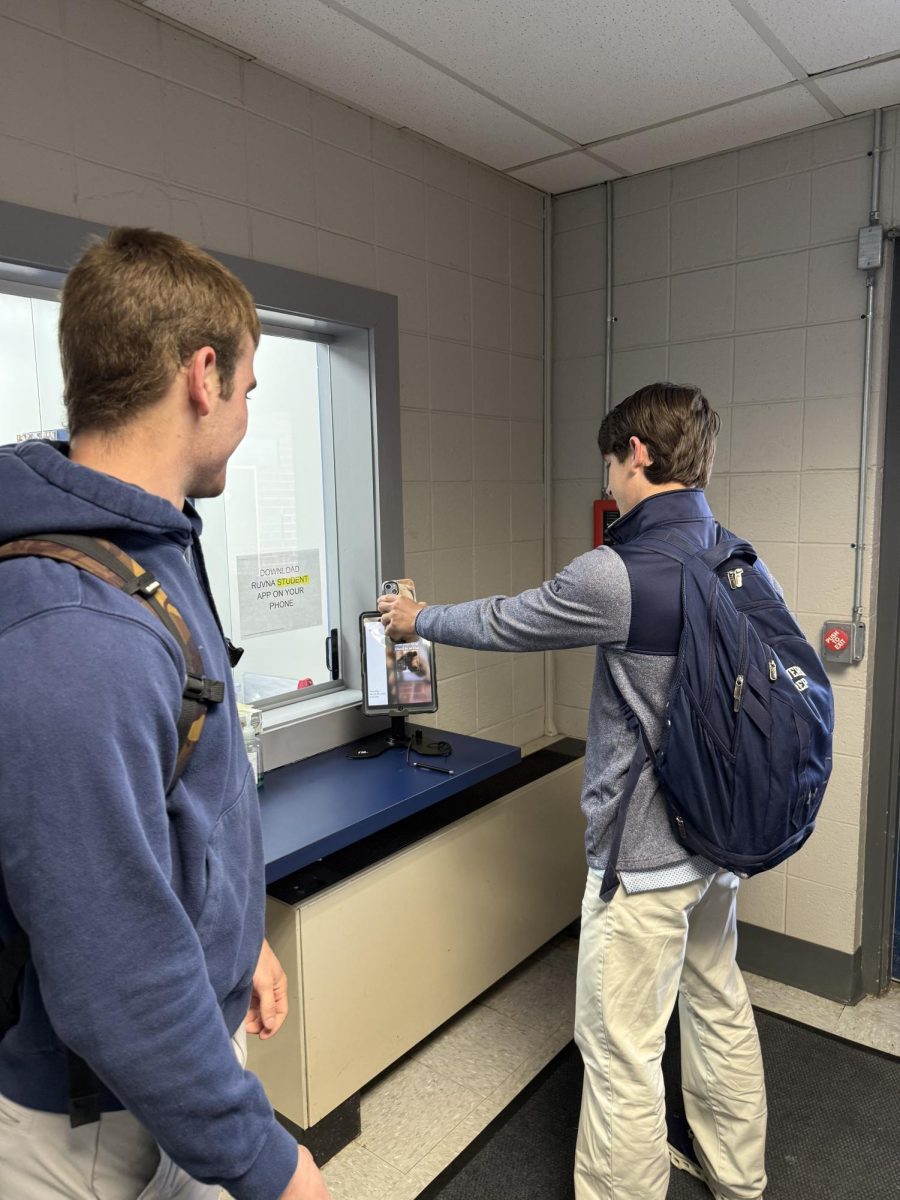
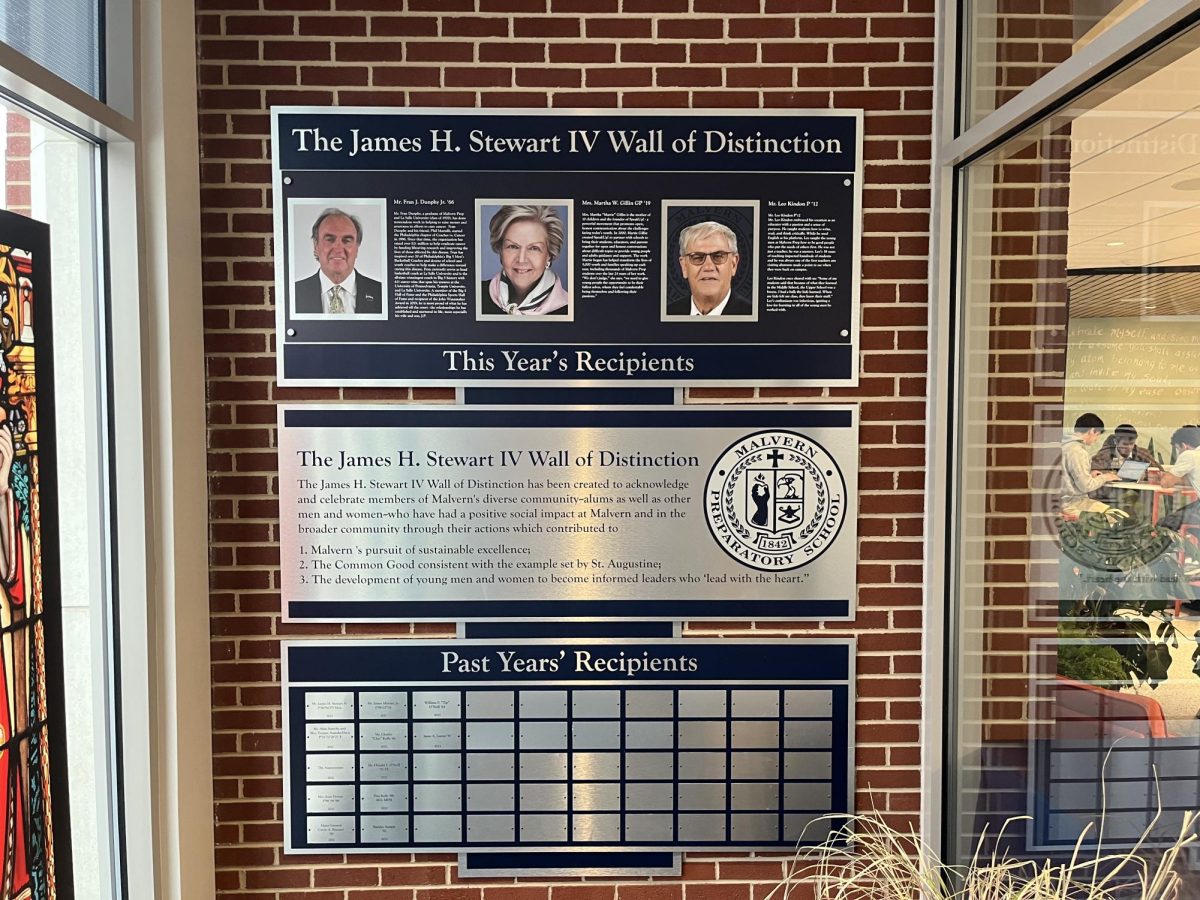
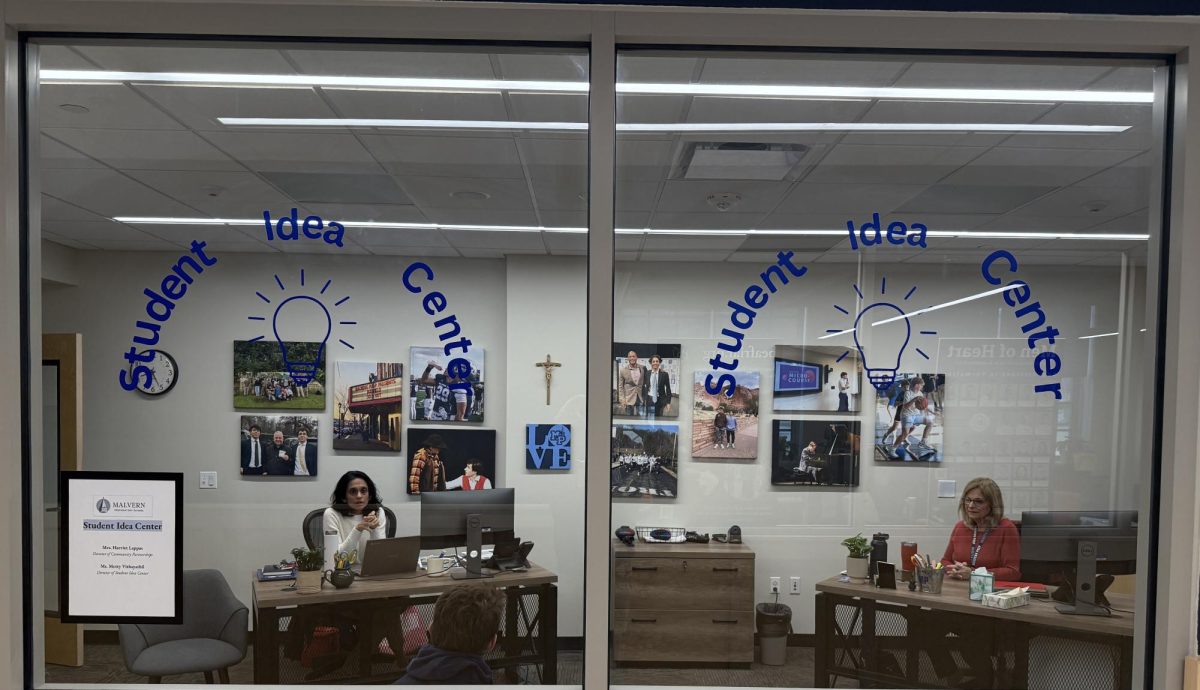

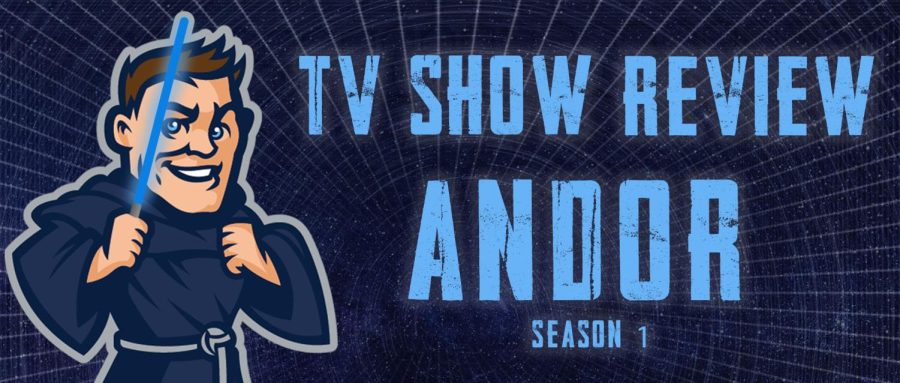
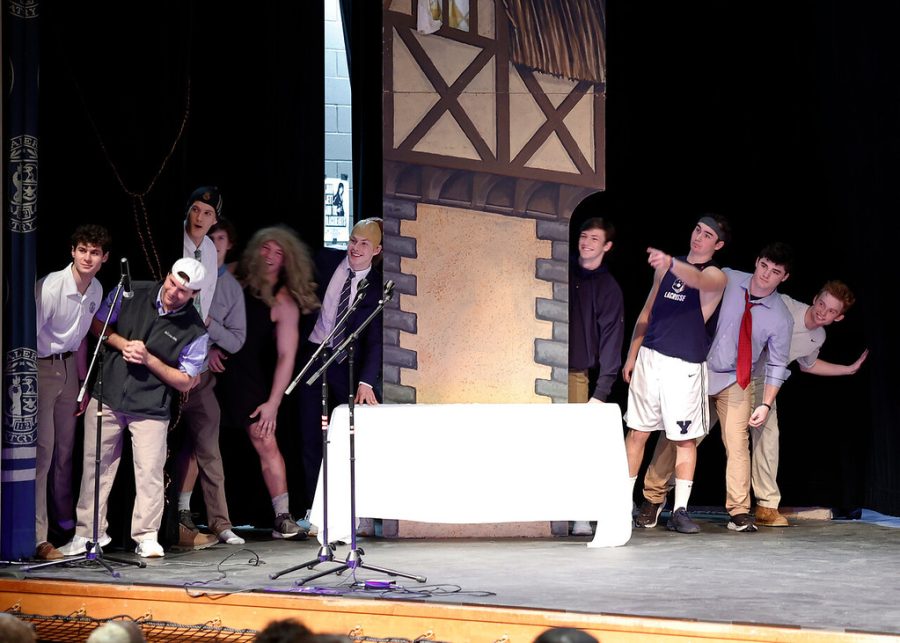
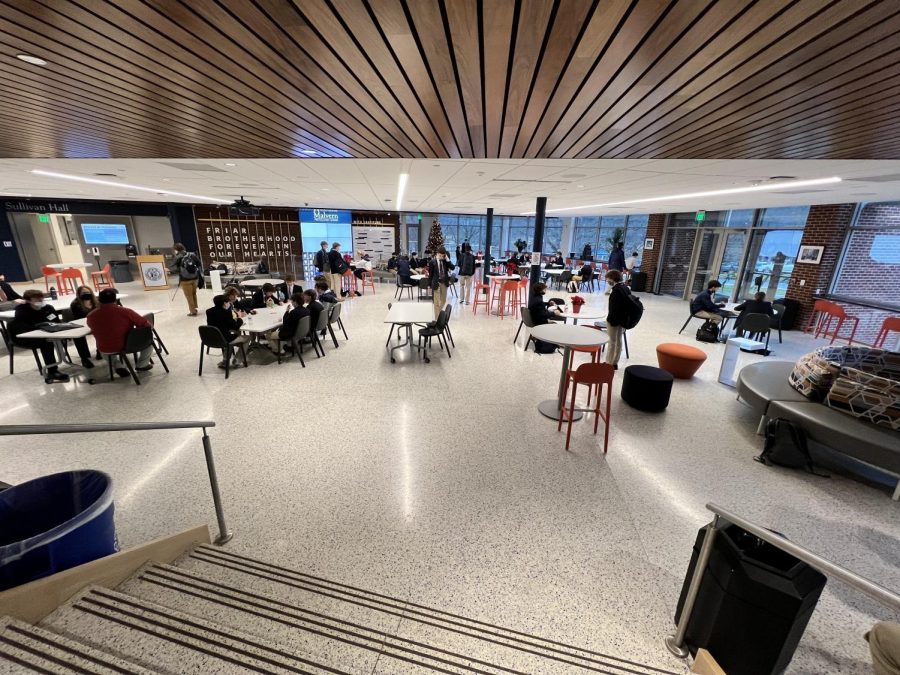
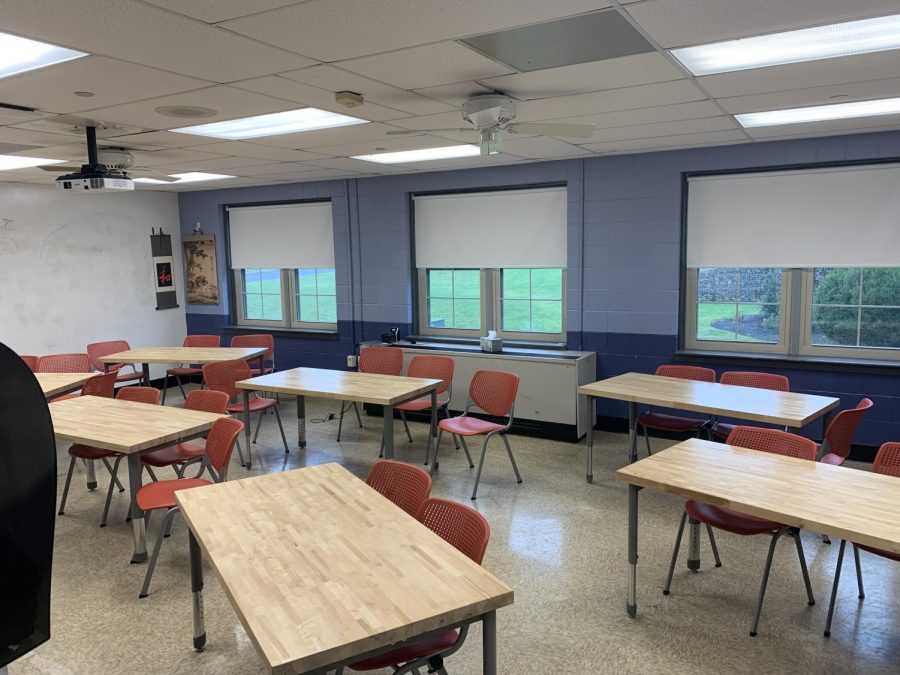
Kevin Quinn • Mar 2, 2015 at 10:39 pm
Gentlemen, first let me say ‘kudos’ on a very well written article and ‘thank you’ for allowing me to be a part of it. I’d like to bring up a point that was not addressed, and I think is overlooked by a number of people, both students and faculty alike, in assessing student centered/driven learning.
There is a lot of discussion regarding how the classroom environment has changed, but not as much talk about why it has changed. This causes a problem because it leads us towards assessing what we are doing with outdated benchmarks. In a more traditional classroom there might be more material “covered” and students may have developed more knowledge and understanding. However, knowledge and understanding are no longer the goals (at least the only goals) that we are trying to reach. Knowledge and understanding sit as the two bottom rungs of Bloom’s Taxonomy and we are shifting our focus now towards the higher ordered skills towards the top. While it may appear that we are losing ground in knowledge and understanding, we are making strides in students’ abilities to apply, analyse, evaluate, and create.
I will be the first to admit that students may learn less content in a Physics class when a lesson is being taught by a student rather than a teacher. But when a student is asked to lead a discussion, teach a lesson, or investigate a new concept on their own they are learning transcendent skills that are more valuable in the long run than the marginal amount of content that is lost.
This is a transitional time, and it may be frustrating, especially to those who have really mastered “doing school” in a more traditional setting. I, for one, firmly believe that we are moving in a positive direction and that current students and future students will be better off in the long run.
Respectfully submitted,
Kevin Quinn